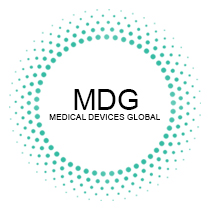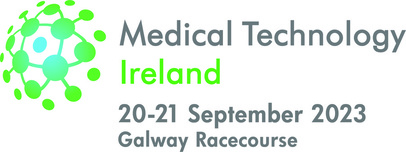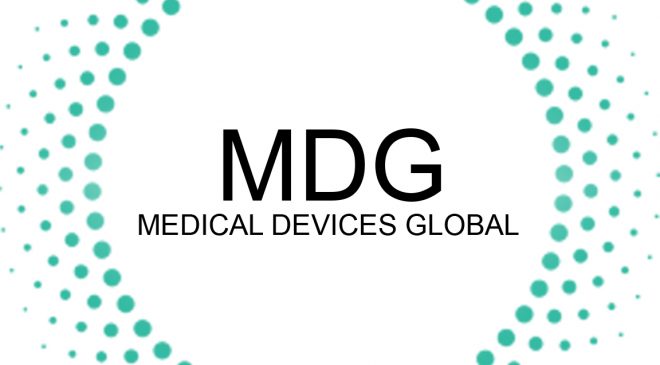The Internet of Things (IoT) is making its mark on healthcare, particularly in the realm of remote patient monitoring. This transformative technology is enabling healthcare providers to deliver high-quality care outside traditional clinical settings, leading to improved patient outcomes and a more patient-centric approach to healthcare.
The IoT Healthcare Revolution
The IoT involves connecting everyday devices to the internet, allowing them to collect and exchange data. In healthcare, IoT-enabled devices are reshaping patient care:
1. Remote Patient Monitoring: IoT devices collect real-time data from patients, enabling continuous monitoring of vital signs and health metrics.
2. Improved Data Accuracy: IoT devices reduce human error in data collection and reporting, leading to more accurate assessments of patient health.
3. Timely Interventions: Healthcare providers can receive immediate alerts for critical changes in a patient’s condition, allowing for timely interventions.
4. Enhanced Patient Engagement: Patients can actively participate in their care by monitoring their own health and receiving feedback from healthcare providers.
Applications of IoT in Healthcare
IoT technology is transforming various aspects of healthcare:
1. Chronic Disease Management: Patients with chronic conditions can use IoT devices to track their health and share data with healthcare providers.
2. Postoperative Care: IoT-enabled wearables and devices help monitor patients after surgery, reducing readmissions and complications.
3. Elderly Care: IoT devices provide safety and health monitoring for the elderly, allowing them to age in place with confidence.
4. Medication Adherence: Smart pill dispensers and medication trackers ensure patients take their medications as prescribed.
Challenges and Considerations
The integration of IoT in healthcare is not without challenges, including data security, interoperability, and regulatory compliance. Ensuring patient privacy and data protection is of paramount importance.
The Future of IoT in Remote Patient Monitoring
The future of IoT in healthcare is promising:
- AI Integration: Artificial intelligence will analyze the vast amount of data generated by IoT devices, providing predictive insights and personalized recommendations.
- Telemedicine Synergy: IoT devices will seamlessly integrate with telemedicine platforms, offering remote patient monitoring during virtual consultations.
- Global Healthcare Access: IoT-enabled remote monitoring will bring healthcare access to underserved regions, reducing healthcare disparities.
- Wearable Technology: Wearable IoT devices will become increasingly sophisticated, offering real-time health monitoring and feedback.
Conclusion: A Patient-Centric Healthcare Future
IoT technology is ushering in a patient-centric era of healthcare, where patients and healthcare providers are empowered with real-time data and insights. As IoT continues to evolve, it will play an increasingly pivotal role in improving patient outcomes, reducing healthcare costs, and enhancing the overall quality of care. Medical Devices Global remains committed to providing comprehensive coverage and insights into the dynamic world of IoT in healthcare and its transformative impact on patient monitoring and care delivery.



